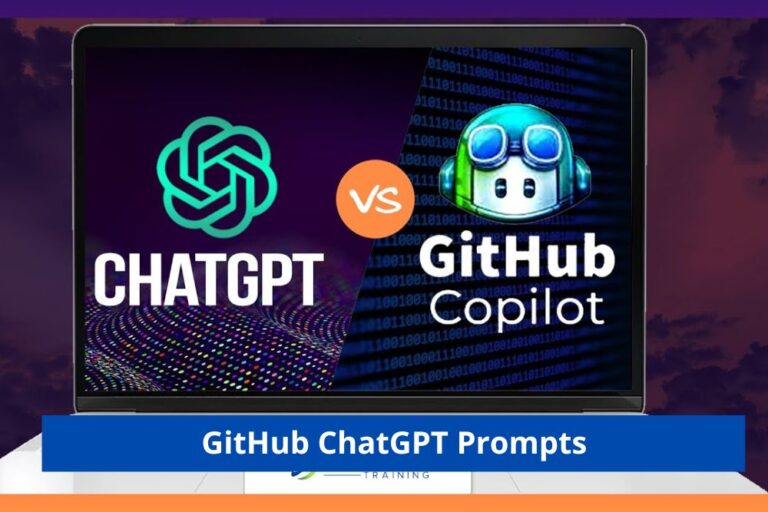Does Turnitin Detect Paraphrasing? Explained
In the academic world, plagiarism is a serious offense, and students are often warned against it. To maintain academic integrity, institutions use tools like Turnitin to detect plagiarism. However, a common question arises: does Turnitin detect paraphrasing? In this article, we delve into the truth behind Turnitin’s paraphrasing detection capabilities.
Understanding Turnitin
Turnitin is a widely used plagiarism detection tool that helps educational institutions, instructors, and students maintain academic honesty. It checks submitted documents against a vast database of academic content, internet sources, and previously submitted papers.
Paraphrasing vs. Plagiarism
Before delving into Turnitin’s capabilities, it’s crucial to distinguish between paraphrasing and plagiarism. Paraphrasing involves rewriting someone else’s ideas in your own words, while plagiarism is the act of using someone else’s work without proper attribution. Both can be considered academic misconduct if not done correctly.
How Turnitin Works
Turnitin employs advanced algorithms to analyze submitted documents. It identifies similarities between the submitted work and its extensive database, generating a similarity score and a report for instructors to review.
Can Turnitin Detect Paraphrasing?
5.1. The Role of Algorithms
Turnitin’s algorithms are designed to detect similarities in text, including paraphrased content. While it primarily focuses on verbatim text matching, it can identify paraphrased passages if they closely resemble the original source.
5.2. Detection Threshold
Turnitin allows instructors to set a threshold for similarity scores. If a document’s similarity score surpasses this threshold, it may trigger further investigation. Paraphrased content with significant similarities to the source could breach this threshold.
5.3. Contextual Analysis
Turnitin doesn’t solely rely on exact matches; it also considers contextual analysis. If a paraphrased passage retains the original source’s structure, ideas, or concepts, Turnitin may flag it as a potential issue.
Tips for Avoiding Paraphrasing Detection
To avoid paraphrasing detection, students should:
- Use Proper Citations: Always cite the original source when using someone else’s ideas, even when paraphrasing.
- Rewrite Thoroughly: If paraphrasing is necessary, rewrite the content in your own words extensively to minimize similarities.
- Understand the Material: To avoid paraphrasing, ensure you understand the material thoroughly and can explain it in your words.
Educational Implications
Turnitin’s ability to detect paraphrasing reinforces the importance of proper citation and academic integrity. It encourages students to engage deeply with the material and present their understanding.
Conclusion
In conclusion, Turnitin does have the capacity to detect paraphrasing, although its primary focus is on verbatim text matching. To maintain academic integrity, students should be diligent in using proper citations and avoiding excessive reliance on paraphrasing.
FAQs
- Can Turnitin detect paraphrasing even if I change some words?
- Yes, Turnitin can detect paraphrasing if the similarities between your work and the source are significant.
- What should I do to avoid Turnitin flagging my paraphrased content?
- Use proper citations, rewrite extensively, and ensure a clear understanding of the material to avoid paraphrasing detection.
- Is paraphrasing considered plagiarism?
- Paraphrasing without proper attribution can be considered plagiarism if it does not meet academic standards.
- Can I request a reevaluation if Turnitin flags my work for paraphrasing?
- In most cases, you can discuss flagged results with your instructor and provide explanations or clarifications.
- Is Turnitin the only tool that detects paraphrasing?
- No, other plagiarism detection tools also have the capability to detect paraphrased content.






